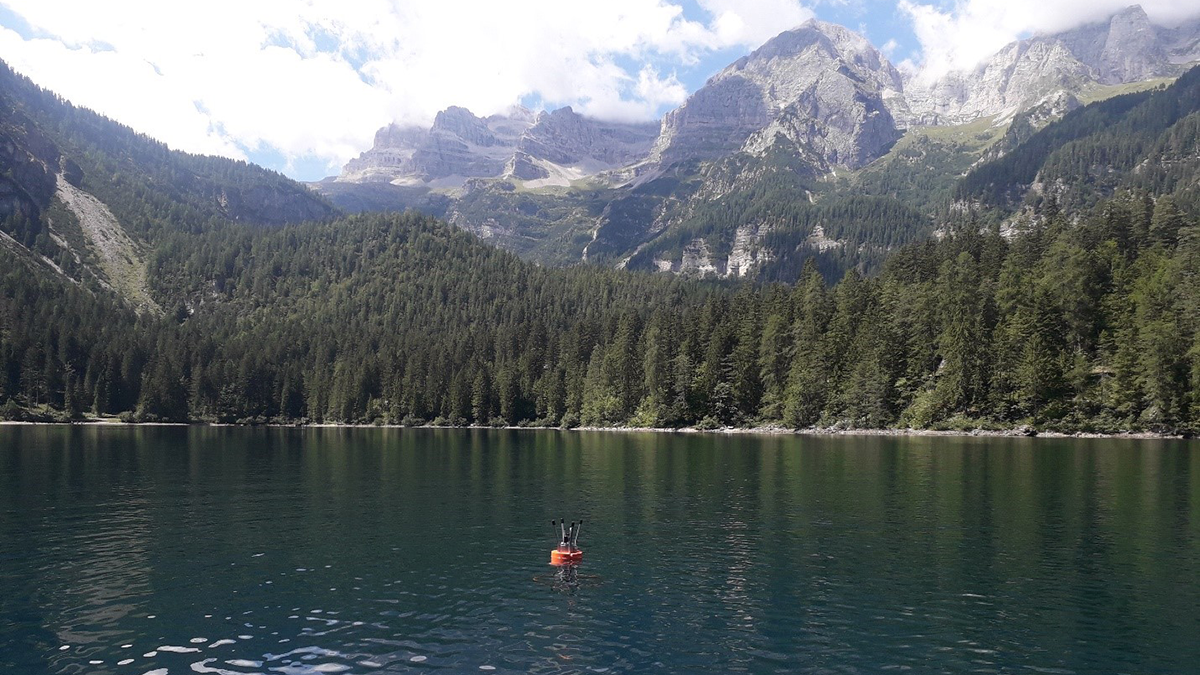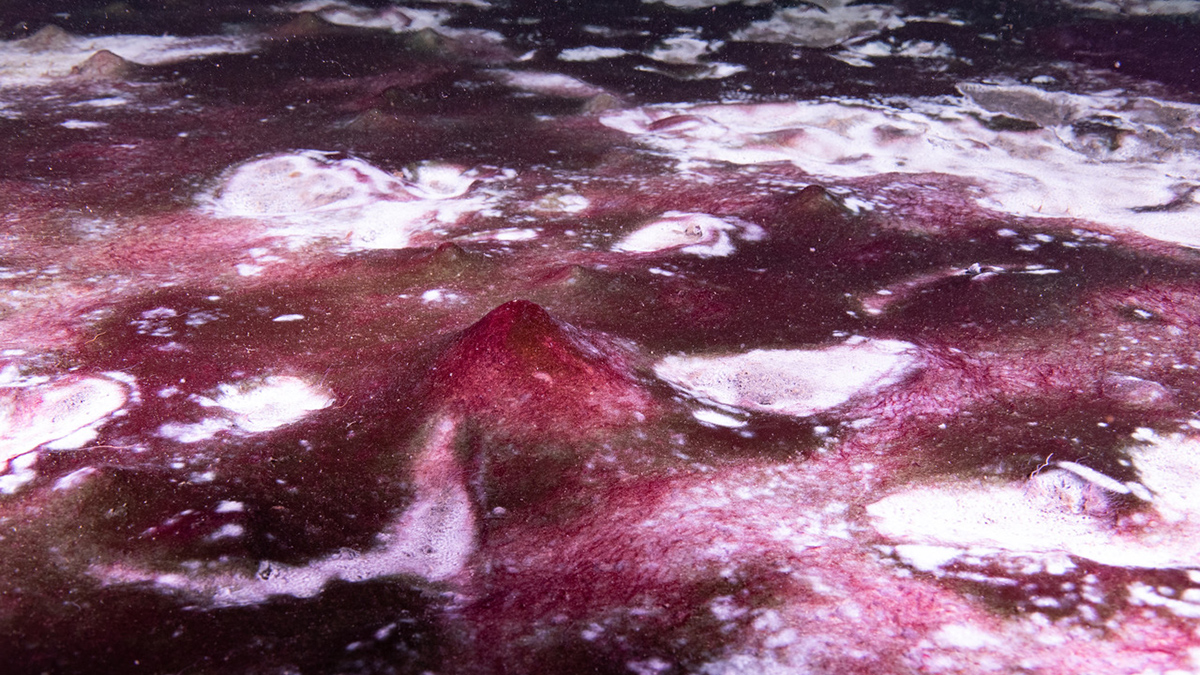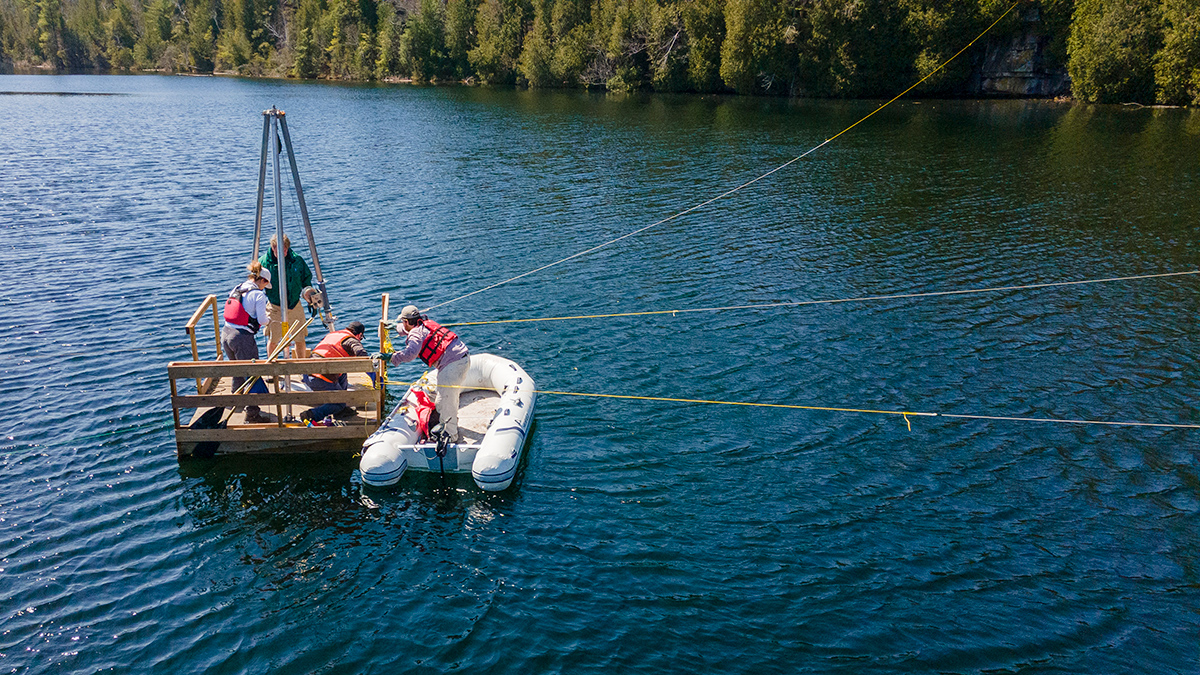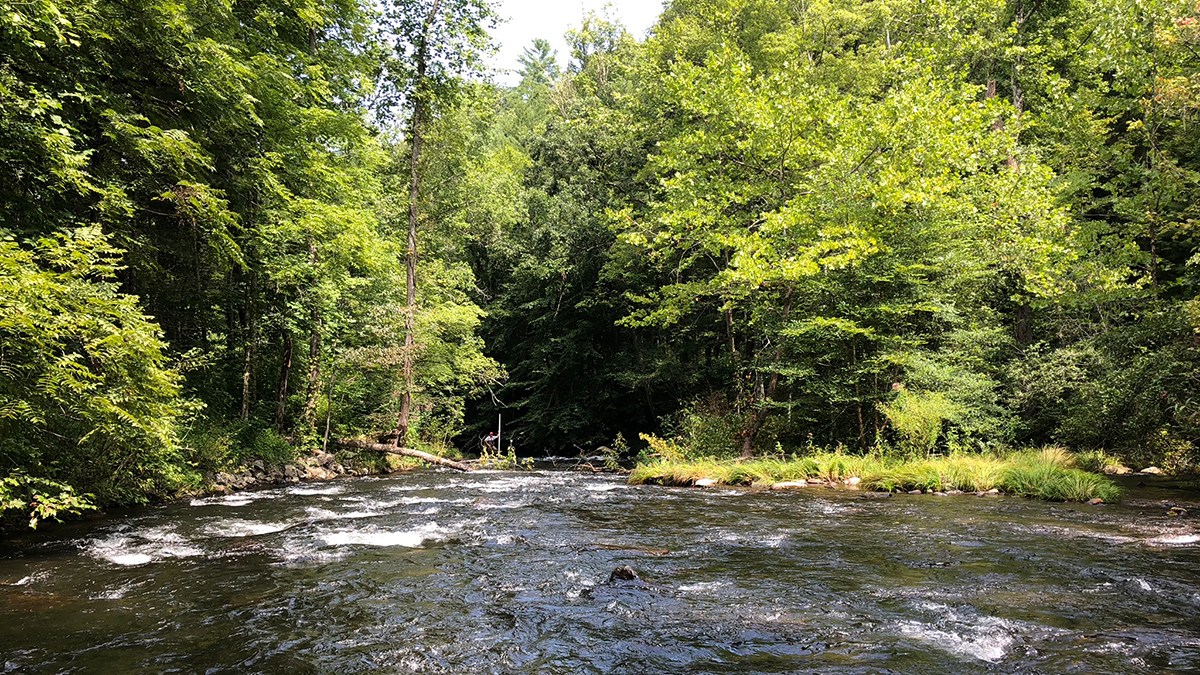Researchers call for an extensive monitoring network to quantify carbon dioxide and methane released by China’s rivers, lakes, reservoirs, and ponds.
lakes
Challenges and Prospects for Modeling Lake Water Temperature in a Changing Climate
Climate change is having a significant impact on the temperature dynamics of lakes worldwide, affirming the need for accurate modeling to inform management and conservation strategies.
Last Chance Lake Harbors the Highest Known Levels of Phosphate
Bodies of water such as this might have functioned as cradles of life, given their unique biogeochemistry.
Modern Microbial Mats Offer Glimpses of Other Times and Places
Comprising diverse groups of microbes, isolated but globally scattered mat ecosystems like those in Lake Huron may be analogues of life on early Earth and in other exotic environs.
Adding Oxygen to a Lake to Explore Methane Emissions
A rare whole-lake experiment suggests that in some cases, low-oxygen conditions may have a smaller impact on methane release to the atmosphere than previously thought.
Gently Down the Stream: Carbon’s Journey from Land to Sea and Beyond
Movement of carbon from land to ocean and atmosphere plays an important, but understudied, role in the global carbon cycle.
Arctic Warming Triggers Abrupt Ecosystem Shift in North America’s Deepest Lake
Great Slave Lake’s huge cold water mass shielded it from impacts of the rapidly warming climate—until now.
Наконец-то найдено объяснение загадочным “камням дзен”
Лабораторные эксперименты позволили воссоздать тонкие ледяные пьедесталы, поддерживающие некоторые горные породы в природе, и выяснить, что сублимация играет ключевую роль в формировании этих редких и красивых структур.
A Lake Paves the Way for Defining the Anthropocene
Scientists recently voted to designate Crawford Lake, a small body of water in southern Canada, as the reference site of the “Age of Man.”
Current Agriculture Adds More Phosphorus to Streams Than to Lakes
Improved agricultural nutrient management could improve stream water quality by reducing phosphorus levels, but rising temperatures and rainfall due to climate change might offset improvements.










